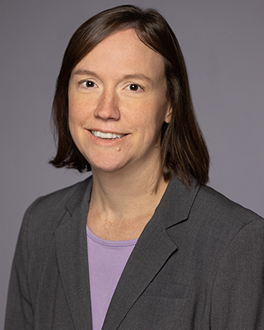Report: Medicaid Falls Short on Costs of Care in Nursing Homes
Abigail Barreto
2/2/2023

The Medicaid and CHIP Payment and Access Commission (MACPAC) recently issue a brief on Medicaid nursing home payments relative to the costs for care. The brief, which was highlighted last week at MACPAC's first public meeting of 2023, found Medicaid does not actually offset what it costs to care for residents. Based off payments from 2019, MACPAC found “the median Medicaid base payment rate in 2019 was 86 percent of reported facility costs."
But much has changed for nursing homes since 2019, as nursing home costs have skyrocketed over the last three years due to the COVID-19 pandemic. The personal protective equipment (PPE), testing, and staff needed to combat a multi-year public health crisis has cost nursing homes billions of dollars. In 2020 alone, nursing homes spent $30 billion on PPE and labor.
Labor costs are also increasing. As staffing shortages persist, a recent survey from the American Health Care Association (AHCA) found that more than nine out of 10 nursing home providers have increased wages and offered bonuses to try and recruit and retain staff. Nearly 80 percent have turned to staffing agencies to adjust for shortages, which are often costly.
As costs continue to increase and inflation soars, Medicaid reimbursement rates are not keeping up. The same survey showed more than half of nursing homes are operating at a loss.
Another upcoming study, conducted by CliftonLarsonAllen LLP (CLA), highlights significant risks to nursing homes, including current and projected negative operating margins, the increasing cost of care, chronic issues such as underfunding and the workforce crisis, occupancy loss, and the threat of facility closures. Hundreds of thousands of residents are currently located in nursing homes that could be financially “at risk of closure."
The data in the MACPAC brief does not debate this underfunding. One table in the brief shows a breakdown on total facility costs per day along with Medicaid-covered costs. The average total costs per day per resident for all facilities is $293.36 per day, compared to the $243.61 for Medicaid-covered costs.
“We've been sounding the alarm on low Medicaid reimbursement rates for years," said Mark Parkinson, president and CEO of the American Health Care Association and National Center for Assisted Living (AHCA/NCAL). “The majority of our nursing homes rely on Medicaid, but the system is flawed. We really need lawmakers to prioritize this issue and make significant investments to better support our nation's seniors and caregivers."
The brief also noted, “costs have historically been used to assess Medicaid nursing facility payments, but they are an imperfect measure of what facilities should be paid."
“The MACPAC brief notes the inconsistency in data for costs, which are ultimately used to determine Medicaid reimbursement rates for facilities," said AHCA/NCAL's senior vice president of quality, regulatory and clinical services Holly Harmon, RN. “Nursing homes are struggling to stay afloat because of inadequate funding. Without immediate action from Congress, these shortfalls could lead to more closures and leave our most vulnerable without the care they need."

MACPAC also added that “because nursing facilities serve a wide range of residents with different care needs, the costs of care for each resident is not the same." Sarah Schumann, vice president of operations at Brookside Inn in Colorado, strongly agrees.
“Each one of our residents is unique," said Schumann. “We provide specialized, one-on-one care to everyone who walks through our doors, and we need Medicaid reimbursements that fully cover the cost of care. We hope policymakers hear our calls for help and make improvements."
Editor's note: Children's Health Insurance Program (CHIP)
Abigail Barreto is senior director of public affairs at AHCA/NCAL.